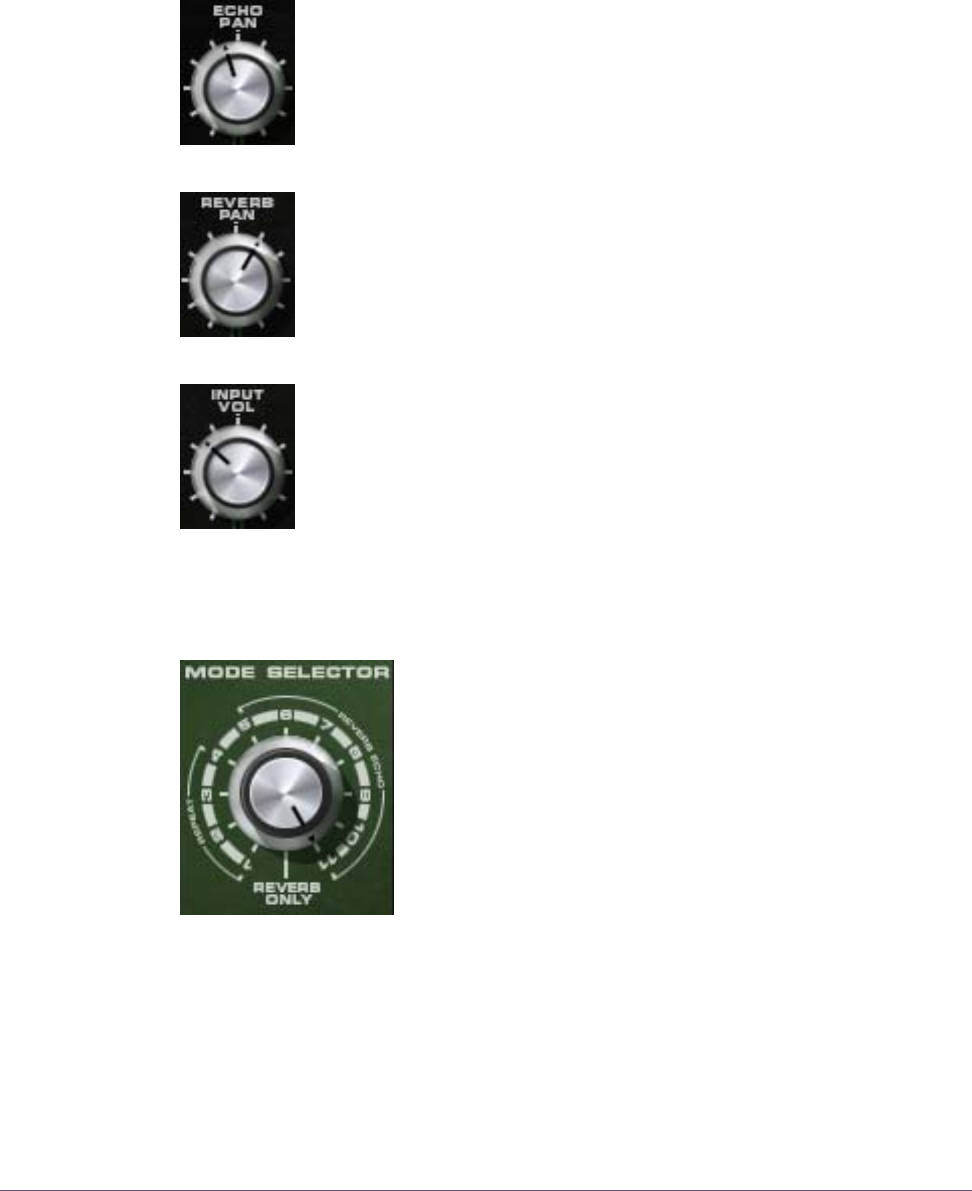User Manual
Table Of Contents
- UAD Powered Plug-Ins
- Introduction
- UAD Installation
- Overview
- QuickStart DVD
- System Requirements
- Supported Hosts
- Latest Information & Software Updates
- UAD Software Installation
- Install Software First
- UAD Hardware Installation
- Authorization
- Authorize Plug-Ins Procedure
- Load Authorization File
- Offline Authorization
- Using Unlicensed Plug-Ins
- Verifying Installation
- Learn More
- Software Removal
- UAD System Overview
- My.uaudio.com
- Using Multiple UAD Cards
- UAD Meter & Control Panel
- Overview
- Launching the UAD Meter & Control Panel Application
- Using the UAD Meter
- UAD Meter Elements
- UAD Control Panel
- System Information Panel
- Plug-Ins Panel
- Configuration Panel
- Help & Support Panel
- Using UAD Powered Plug-Ins
- Tempo Sync
- UAD Delay Compensation
- UAD-Xpander & UAD-Xtenda
- LA-2A and 1176LN
- LA-3A Compressor
- Fairchild 670
- Precision Multiband
- Precision Limiter
- Precision Buss Compressor
- Neve 33609 Compressor
- VCA VU
- Neve 88RS Channel Strip
- CS-1 Channel Strip
- Precision Equalizer
- Cambridge EQ
- Pultec and Pultec-Pro
- Neve 1073 Equalizer
- Neve 1081 Equalizer
- Helios Type 69 Equalizer
- Roland CE-1
- Roland Dimension D
- Roland RE-201
- RealVerb Pro
- DreamVerb
- Plate 140
- Precision Maximizer
- Precision De-Esser
- Precision Enhancer kHz
- SPL Transient Designer
- Nigel
- Introducing Nigel
- Preflex Plug-in
- Preflex Modules
- Gate/Comp Module
- Amp Module
- Amp Controls
- Cabinet Module
- Phasor Module
- Mod Filter Module
- TremModEcho plug-in
- Trem/Fade Module
- Mod Delay Module
- Echo Module
- Moog Multimode Filter
- History
- Index

UAD Powered Plug-Ins Manual - 245 - Chapter 29: Roland RE-201
Note: The Peak lamp and VU meter measure signal just after the input volume
control. However, like the original hardware, echo intensity (feedback) is ap-
plied just before the level detection circuit. For this reason, the Intensity control
will affect the level readings.
Echo Pan Echo Pan determines the placement of the echo signal in the ste-
reo panorama when the plug-in is used in mono-in/stereo-out
and stereo-in/stereo-out configurations. When the RE-201 is
used in a mono-in/mono-out configuration, this control is dis-
abled.
Reverb Pan Reverb Pan determines the placement of the reverb signal in the
stereo panorama when the plug-in is used in mono-in/stereo-out
and stereo-in/stereo-out configurations. When the RE-201 is
used in a mono-in/mono-out configuration, this control is dis-
abled.
Input Volume This control determines the signal level that is input to the plug-in.
Unity gain is at the 12 o’clock position.
Like the original hardware, clipping distortion at the input to the
plug-in affects the tone of the echo and reverb. Clipping is often
used as part of the desired effect. At unity gain clipping can be
easily induced. However if a cleaner sound is desired, reduce the input vol-
ume below unity and increase the plug-in output volume to compensate.
Mode Selector The RE-201 is a combination of a tape echo and a
spring reverb effect. Echo, reverb, or both can be se-
lected with the Mode Selector to determine which ef-
fect(s) are active.
The original Space Echo has three tape playback
heads. By changing the combination and positions of
the heads, a total of 12 different echo variations can be
obtained (4 echo only, 7 echo/reverb, and 1 reverb
only). These modes are faithfully reproduced with the UAD Roland RE-201.
Note: The RE-201 uses less UAD DSP in reverb-only or echo-only modes versus
when both modes are used simultaneously.
The affect of each knob position is detailed in Table 15 on page 246.










